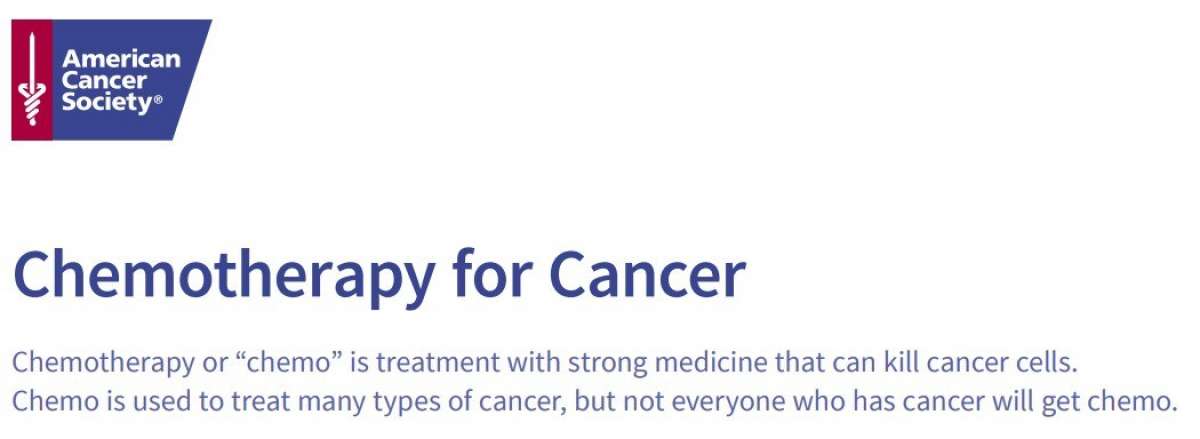Chemotherapy Treatment
Chemotherapy is a type of treatment that uses drugs to kill cancer cells or stop them from growing. Chemotherapy treatment may include one type of drug or a mix of two or more drugs. Your Oncologist will tell you the best options for you.
Chemotherapy treatment is often given in the Chemotherapy Suite or "Chemo Suite" found on the 4th floor of the Grand River Regional Cancer Centre. Some of the Waterloo Wellington Regional Cancer Program partner sites (opens in new window) also can give chemotherapy. Ask your healthcare team about care closer to your home.
Chemotherapy can be given:
- In a pill form (oral chemotherapy)
- Through a vein in your body (intravenous (IV) chemotherapy)
- By injection into your muscle or under your skin
If you are offered chemotherapy you will:
- Be asked to sign a treatment consent form
- Meet with your nurse to review the treatment and side effects
- Have your treatment booked and a schedule printed for you
- Meet with your cancer pharmacist on your first treatment day to review your pills, supplements and/or vitamins
Chemotherapy Facts
- It is very important that you fill out Your Symptoms Matter (opens in new window) at each follow-up visit to monitor your symptoms
- You may not always get your chemotherapy at a cancer centre or cancer site. Some chemotherapy is given in a pill form that you will take at home
- Your Oncologist will tell you how many treatments you will need
- If you have any questions while getting chemotherapy ask your clinic nurse or chemo suite nurse
- Unless told by your team, you can eat before and during your treatment. Make sure to pack snacks as some treatments can be long
- One care giver or support person can sit with you during your treatment or visit with you virtually (using a phone, tablet or cancer centre iPad)
- Your treatment plan may change over time

Central Lines
A central line is a thin, flexible catheter (tube) that will get placed into a vein in your neck, arm or chest.
A central line might be left in your body for weeks or months. It can deliver chemotherapy fluids, IV medications, IV fluids or nutrition. It may allow for less skin pricks.
PICC Line
You might hear the term "PICC line" during your visits. A PICC line is a Peripherally Insterted Central Catheter. It is put into a large vein on the inside of your arm, close to your elbow. The line travels inside of your vein to the top of your heart.
Implanted Device (Port-A-Cath)
An implanted device (a.k.a Port-A-Cath) is a small round titanium or plastic chamber. The top has a silicone (plastic) cover that will self seal after it is accessed by a special needle.
The port is placed under your skin. It can be on the right or left side of your chest. The catheter will travel under your skin, into a large vein near the collarbone through to the top of your heart.
For more information about ports visit the Memorial Sloan Kettering Cancer Centre web page, About Your Implanted Port (opens in new window).
